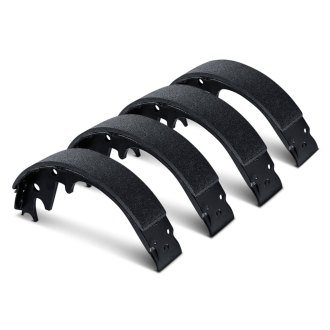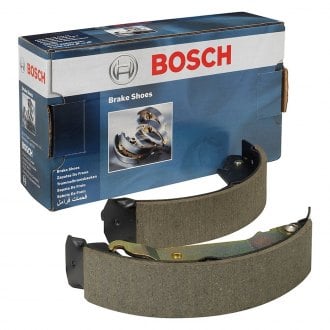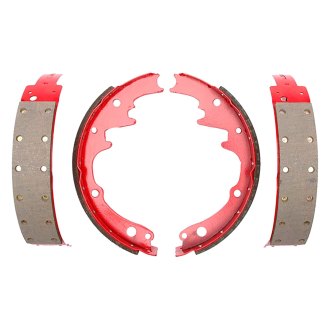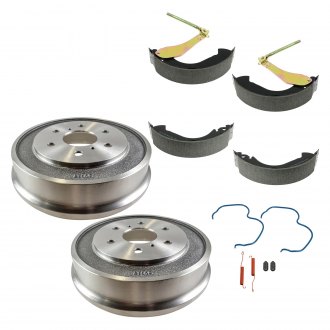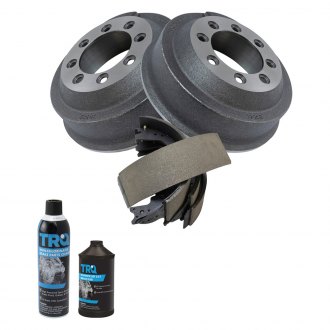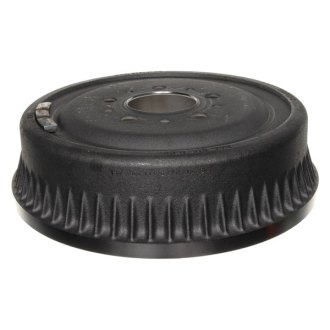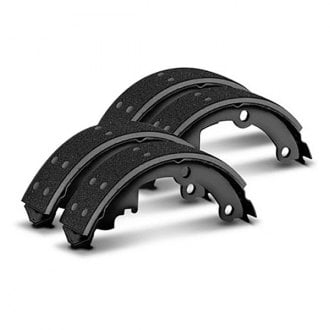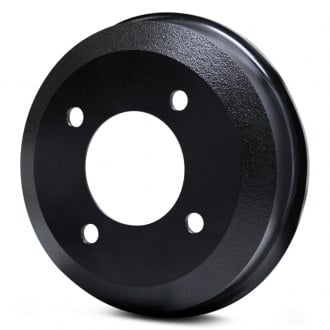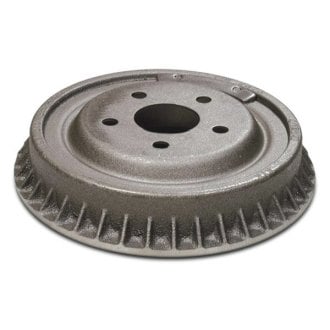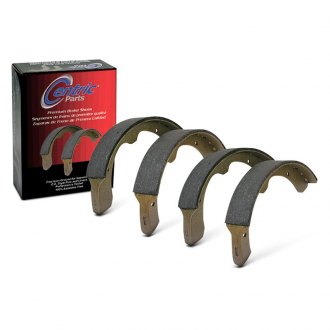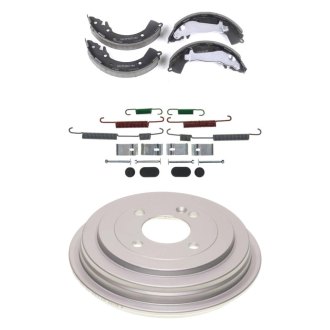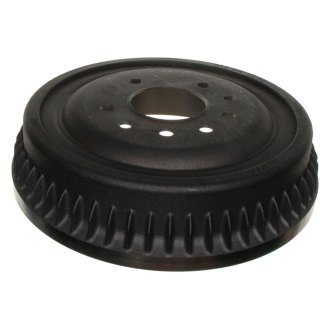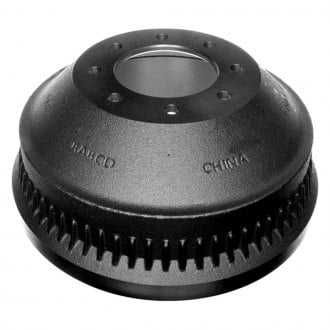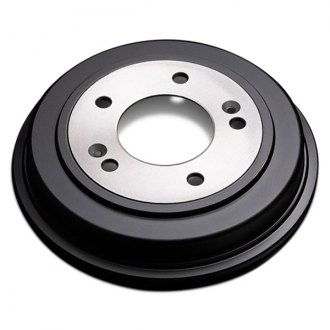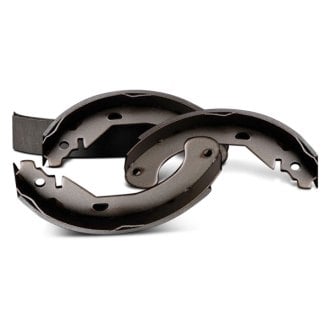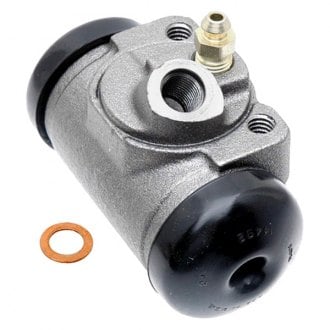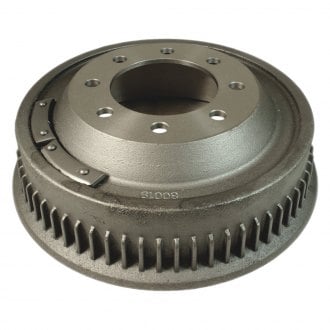Brake Wheel Cylinders
Select Department
-
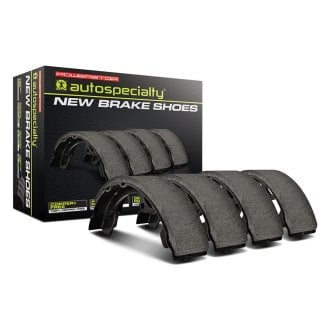 PowerStop® - Autospecialty Drum Brake Shoes$21.64 - $80.30
PowerStop® - Autospecialty Drum Brake Shoes$21.64 - $80.30 -
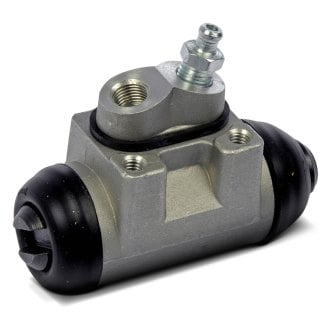 Dorman® - Drum Brake Wheel Cylinder$6.17 - $88.92
Dorman® - Drum Brake Wheel Cylinder$6.17 - $88.92 -
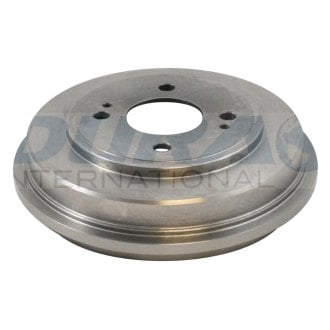 DuraGo® - Brake Drum$21.36 - $192.25
DuraGo® - Brake Drum$21.36 - $192.25 -
 ACDelco® - Gold™ Drum Brake Wheel Cylinder$8.84 - $104.76
ACDelco® - Gold™ Drum Brake Wheel Cylinder$8.84 - $104.76 -
 Save 5%DFC® - True-Arc Drum Brake Shoes$20.55 - $214.58$21.63 - $225.87Save 5%
Save 5%DFC® - True-Arc Drum Brake Shoes$20.55 - $214.58$21.63 - $225.87Save 5% -
 Save 5%DFC® - Drum Brake Wheel Cylinder$9.91 - $54.18$10.43 - $57.04Save 5%
Save 5%DFC® - Drum Brake Wheel Cylinder$9.91 - $54.18$10.43 - $57.04Save 5% -
 iD FastTrack Extra Save $5.00Bosch® - Blue™ Drum Brake Shoes$21.08 - $97.06 + Save up to $5.00 with iD FastTrack
iD FastTrack Extra Save $5.00Bosch® - Blue™ Drum Brake Shoes$21.08 - $97.06 + Save up to $5.00 with iD FastTrack -
 PowerStop® - Premium Brake Drum$32.32 - $163.58
PowerStop® - Premium Brake Drum$32.32 - $163.58 -
 ACDelco® - Gold™ Drum Brake Shoe Set$27.10 - $133.33
ACDelco® - Gold™ Drum Brake Shoe Set$27.10 - $133.33 -
 Raybestos® - R-Line Brake Drum$16.90 - $216.41
Raybestos® - R-Line Brake Drum$16.90 - $216.41 -
 DIY Solutions® - Drum Brake Kit$109.75 - $334.26
DIY Solutions® - Drum Brake Kit$109.75 - $334.26 -
 iD FastTrack Extra Save $14.10TRQ® - Drum Brake Kit$88.86 - $282.04 + Save up to $14.10 with iD FastTrack
iD FastTrack Extra Save $14.10TRQ® - Drum Brake Kit$88.86 - $282.04 + Save up to $14.10 with iD FastTrack -
 Raybestos® - R-Line™ Brake Drum$27.60 - $216.41
Raybestos® - R-Line™ Brake Drum$27.60 - $216.41 -
 Wagner® - QuickStop™ Drum Brake Shoes$10.43 - $86.82
Wagner® - QuickStop™ Drum Brake Shoes$10.43 - $86.82 -
 Save 5%DFC® - True Balanced Brake Drum$18.65 - $335.05$19.62 - $352.70Save 5%
Save 5%DFC® - True Balanced Brake Drum$18.65 - $335.05$19.62 - $352.70Save 5% -
 iD FastTrack Extra Save $8.40Centric® - C-Tek™ Standard Brake Drum$24.64 - $261.55 + Save up to $8.40 with iD FastTrack
iD FastTrack Extra Save $8.40Centric® - C-Tek™ Standard Brake Drum$24.64 - $261.55 + Save up to $8.40 with iD FastTrack -
 iD FastTrack Extra Save $4.00Centric® - Premium Drum Brake Shoes$13.79 - $86.51 + Save up to $4.00 with iD FastTrack
iD FastTrack Extra Save $4.00Centric® - Premium Drum Brake Shoes$13.79 - $86.51 + Save up to $4.00 with iD FastTrack -
 Save 10%R1 Concepts® - Drum Brake Wheel Cylinder$20.54 - $69.99$22.83 - $77.76Save 10%
Save 10%R1 Concepts® - Drum Brake Wheel Cylinder$20.54 - $69.99$22.83 - $77.76Save 10% -
 Raybestos® - Element3™ Organic Drum Brake Shoes$17.53 - $277.35
Raybestos® - Element3™ Organic Drum Brake Shoes$17.53 - $277.35 -

-
 ACDelco® - Gold™ Brake Drum$19.25 - $276.43
ACDelco® - Gold™ Brake Drum$19.25 - $276.43 -
 iD FastTrack Extra Save $9.00ACDelco® - Silver™ Brake Drum$23.16 - $206.96 + Save up to $9.00 with iD FastTrack
iD FastTrack Extra Save $9.00ACDelco® - Silver™ Brake Drum$23.16 - $206.96 + Save up to $9.00 with iD FastTrack -
 Beck Arnley® - Drum Brake Wheel Cylinder$8.98 - $50.40
Beck Arnley® - Drum Brake Wheel Cylinder$8.98 - $50.40 -
 iD FastTrack Extra Save $4.30ACDelco® - Genuine GM Parts™ Drum Brake Wheel Cylinder$20.36 - $134.03 + Save up to $4.30 with iD FastTrack
iD FastTrack Extra Save $4.30ACDelco® - Genuine GM Parts™ Drum Brake Wheel Cylinder$20.36 - $134.03 + Save up to $4.30 with iD FastTrack -
 iD FastTrack Extra Save $11.00Centric® - Premium Brake Drum$35.77 - $211.20 + Save up to $11.00 with iD FastTrack
iD FastTrack Extra Save $11.00Centric® - Premium Brake Drum$35.77 - $211.20 + Save up to $11.00 with iD FastTrack -
 Save 10%R1 Concepts® - Brake Drum$30.99 - $257.42$34.44 - $286.03Save 10%
Save 10%R1 Concepts® - Brake Drum$30.99 - $257.42$34.44 - $286.03Save 10% -
 Save 10%R1 Concepts® - Premium Drum Brake Shoes$33.06 - $272.33$36.73 - $302.58Save 10%
Save 10%R1 Concepts® - Premium Drum Brake Shoes$33.06 - $272.33$36.73 - $302.58Save 10% -
 iD FastTrack Extra Save $4.00Motorcraft® - Drum Brake Shoes$47.99 - $70.82 + Save up to $4.00 with iD FastTrack
iD FastTrack Extra Save $4.00Motorcraft® - Drum Brake Shoes$47.99 - $70.82 + Save up to $4.00 with iD FastTrack -
 Raybestos® - Element3™ Drum Brake Wheel Cylinder$9.36 - $110.27
Raybestos® - Element3™ Drum Brake Wheel Cylinder$9.36 - $110.27 -
 AmeriBRAKES® - AmeriPRO™ Brake Drums$19.02 - $239.12
AmeriBRAKES® - AmeriPRO™ Brake Drums$19.02 - $239.12
The wheel cylinder forces the brake shoes against the brake drum. The cast iron or aluminum wheel cylinder body mounts on the backing plate and contains an expander spring, cup seals and pistons inside the bore, which is protected from brake dust by dust boots at each end. The pistons directly push on the brake shoes or there may be links that connect the pistons to the shoes. The brake line supplies fluid to the center of the bore in between the pistons.
When you apply the brakes, hydraulic pressure forces the wheel cylinder pistons outward, and the brake shoes against the drum. The hydraulic pressure also forces the cup seal lips against the bore to prevent fluid leaks. The expander spring keeps pressure on the seals when the brakes are released and the return springs retract the shoes and pistons. A bleeder screw attaches to a passage in the cylinder at its highest point to facilitate brake bleeding.
Glycol based brake fluid is hygroscopic, meaning that it absorbs moisture. As the moisture level in the fluid increases it can corrode the bore in the wheel cylinder, resulting in pitting and scoring. This wears the cup seals and causes a fluid leak, and loss of hydraulic pressure. The first indication of a leak is a low brake pedal and reduced braking power. Corrosion buildup can also cause wheel cylinder pistons to seize in the bore, which can cause grabbing and brake drag. When experiencing these symptoms, or any time the brake shoes are serviced, the wheel cylinders should be inspected.
Pull back the dust boot at each end of the wheel cylinder. A small amount of moisture is normal, but if fluid runs out as soon as the boot is pulled back, the wheel cylinder is bad. Wheel cylinders are generally replaced, but if the damage isn’t too severe, they can be rebuilt. Before overhauling a wheel cylinder, make sure the bleeder screw isn’t seized. A rebuild kit includes new cup seals, boots, and expander spring. If light honing won’t clean up the bore without creating too much clearance, the wheel cylinder must be replaced. Clearance is excessive if a piston can be installed with a 0.003” feeler gauge in the bore.
Wheel cylinder manufacturers can impart a much finer finish to the bore than can be achieved with a hone, so a new wheel cylinder will last longer. In addition to new rubber components and a fresh casting, a new wheel cylinder will also have a new bleeder screw that is plated to resist corrosion. Another point to consider: when new brake shoes are installed the thicker linings push the wheel cylinder pistons further into the bore. This may force the cup seals to contact corroded parts of the bore, eventually causing a leak. For safe driving, replace the wheel cylinders whenever brake shoes are replaced.
Featured Brands
Related Categories
 Brake Rotors
Brake Rotors Disc Brake Pads
Disc Brake Pads Brake Calipers
Brake Calipers Brake Kits
Brake Kits Brake Lines & Hoses
Brake Lines & Hoses Brake Hardware
Brake Hardware Brake Master Cylinders
Brake Master Cylinders Drum Brake Shoes
Drum Brake Shoes Parking Brakes
Parking Brakes Brake Boosters
Brake Boosters Brake Drums
Brake Drums Brake System Sensors
Brake System Sensors ABS System Parts
ABS System Parts Backing Plates & Shields
Backing Plates & Shields Vacuum Pumps
Vacuum Pumps Disc Brake Conversions
Disc Brake Conversions Line Lock & Roll Control
Line Lock & Roll Control Brake Cooling
Brake Cooling Brake Fluids & Lubricants
Brake Fluids & Lubricants
Brake Wheel Cylinders Reviews


